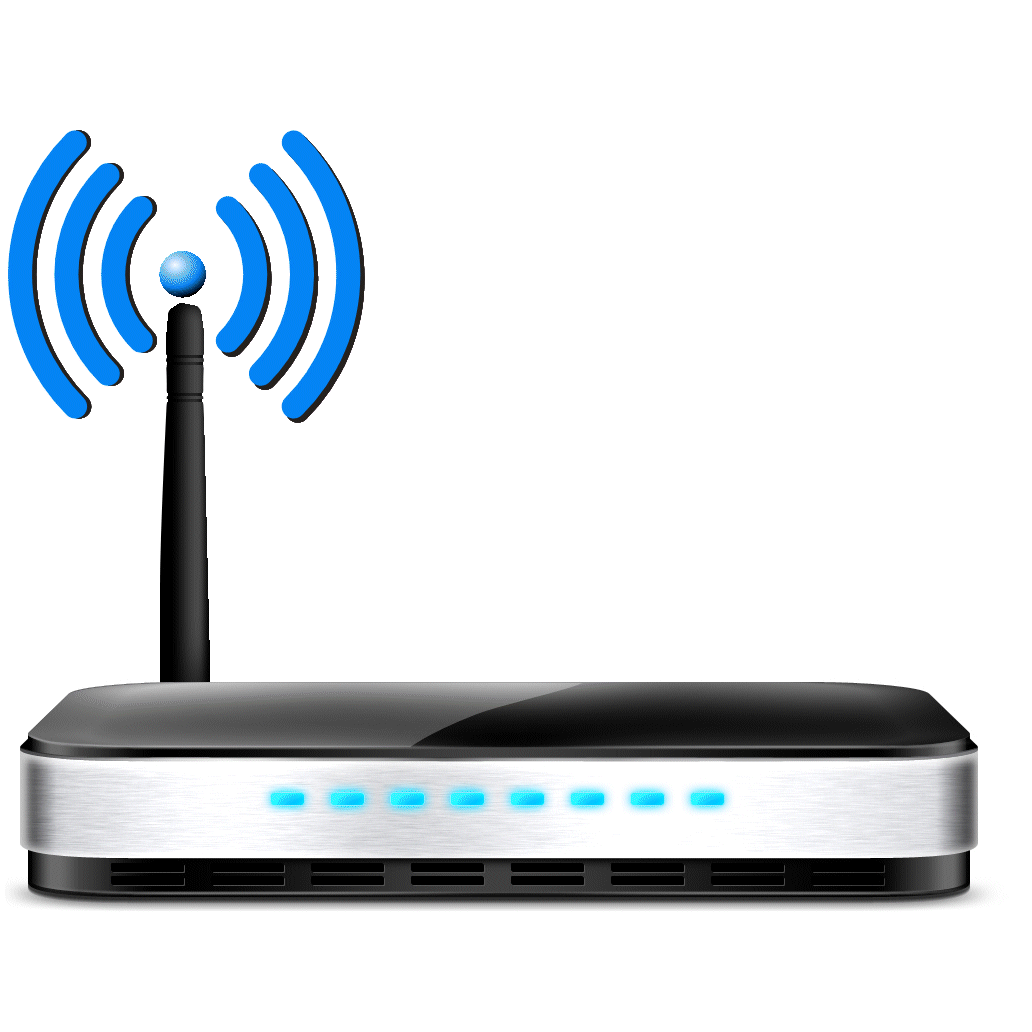With more and more consumers choosing video streaming services as their main source of content, “cord cutting” or disconnecting from traditional pay TV providers has become prevalent.
Because of this, providers have experienced a significant reduction in subscribers, particularly the millennial contingent who use tech devices predominantly for media consumption; over 87% using two to three tech devices at least once every day. As many of these devices are portable and connect over Wi-Fi, service providers have had to make a strategic shift from being pure pay TV providers to becoming broadband providers since Wi-Fi is the main touch-point for broadband services.
Wi-Fi Overload
Due to the many Wi-Fi touch-points such as laptops, mobile phones, tablets and security cameras, and the rapid growth of IoT, Wi-Fi has become strained beyond its capacity. Now, the most pressing need for providers is to ensure that Wi-Fi can deliver the full range of broadband and pay TV services within the home, like internet and data, home and hotspot services, over-the-top content, smart home apps, cellular offloading, and more.

In practical terms this means that if your child is downloading a heavy game file from the internet, or is streaming an HD video in his bedroom and you are using Skype in your home office, you may experience a considerable decrease in your connectivity speed as video streaming and file-downloads are bandwidth heavy applications and may dominate the home wireless connection for all users and applications trying to use it. If you are watching a Netflix HD movie in the living room, you may experience artifacts. If your router is located in the TV room downstairs, your connection may decrease even further as the signal has to go through walls and floors, which weaken the signal. For providers, this results in more service and truck calls, which increases operating expenses, reduces customer satisfaction and increases customer churn. The end user is not satisfied with the quality of experience and grows frustrated.
As opposed to modern technologies like 4G/LTE, which were designed from the ground up to support multi-client/multi-service applications with guaranteed quality of service, Wi-Fi, which is a 20+ year old technology, was invented with very simple use cases in mind. As such, it is best effort in nature, with no inherent quality of service mechanisms. Wi-Fi was not designed to support today’s complex use cases in which a single home-router has to support a multitude of client devices with the very high and consistent speeds required for video and data, while ensuring whole home coverage and no dead zones.
Common Solutions
Some common solutions in the quest to increase speed and range are to increase the number of antennas, make Wi-Fi smarter and deliver advanced technologies such as MU-MIMO (multi user smart antenna technology), but which can only be implemented when the new 802.11ac standard goes into effect.

And with Wi-Fi, no matter how fast and advanced your Wi-Fi router is, if the Wi-Fi medium is occupied, or stuck, with an endless stream of low speed data packets, the Skype connection to your super advanced laptop would be stuck at low speed as well.
New Wi-Fi Standards and Technologies
Luckily, new Wi-Fi standards and technologies being built on top of them help address these issues.
Wi-Fi chipset designers like Qualcomm and startups like Israel’s Celeno are building advanced functionality to help chips extend Wi-Fi’s range, allow for more devices to use high-demand applications simultaneously, and even to allow “tangles” of multiple access points to better manage themselves through interesting tech solutions called self-organizing networks.
Beamforming
Although beamforming has been implemented in Wi-Fi routers for quite some time, beamforming was not always possible, depending on the user’s device. Beamforming is when the router directs the Wi-Fi signal to a specific target instead of to a wide range of space. For example, consider a house full of parents and children using multiple devices at different times. Whereas a regular router would direct the signal to the entire house at all times, beamforming directs the signal to only the specific areas in the house where the devices are in use at that specific time. This allows the Wi-Fi router and the user’s device to send and receive data more effectively, allowing for improved bandwidth allocation and increased Wi-Fi performance.
MIMO (Multiple Input-Multiple Output)
In 2007, the 802.11n wireless routers were rolled out with new technology called single user multiple-input multiple-output, otherwise known as SU-MIMO. SU-MIMO gave routers the ability to simultaneously transmit data between multiple devices, allowing for greater internet speeds. Although the SU-MIMO could handle multiple streams of data, it could only communicate with one device at a time.
Since then, wireless routers have been integrated with upgraded technology called multi-user multiple-input multiple-output, otherwise known as MU-MIMO. MU-MIMO solved the problem of SU-MIMO by allow routers to transmit and receive data from multiple devices at the same time. MU-MIMO technology is most helpful in areas with public Wi-Fi hotspots where previously the SU-MIMO routers would have not worked.
Startups Tackling Wi-Fi

For example, they can allocate 80% to the home network (50% for video and 30% for data) and 20% to the community hotspot. They can go even further; within each virtual network they are able to prioritize services such as data, video and VOIP. For example, if you are watching an HD video through Netflix, you can allocate a large percentage of the Wi-Fi capacity to HD video to ensure a seamless quality of experience. The allocation is dynamic and can be changed according to your requirements or even the time of day. Celeno allows various applications and services to be served simultaneously over Wi-Fi with different enforced priority and capacity to ensure the best end user Wi-Fi experience. Furthermore, Celeno’s technology allows Wi-Fi signals to reach devices anywhere in the home regardless of the router’s location.
Our Connected World
In a connected world where more and more users are relying on Wi-Fi for their smart devices, the technology implemented in Celeno’s routers defines the speed at which they can efficiently operate. While next-gen internet speeds are already being introduced, Wi-Fi routers must also evolve to keep up with users needs. Solutions like beamforming and MIMO are doing their part to combat the deluge of gadgets as the need for speed increases.
To find out more about Wi-Fi technologies and investment opportunities on our platform, contact our Investor Relations team or visit our website.








